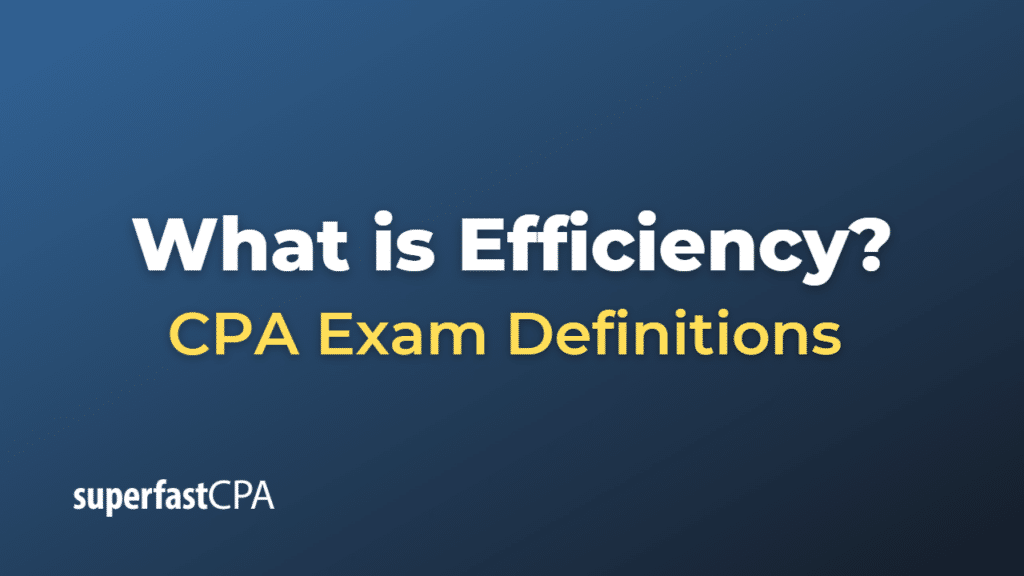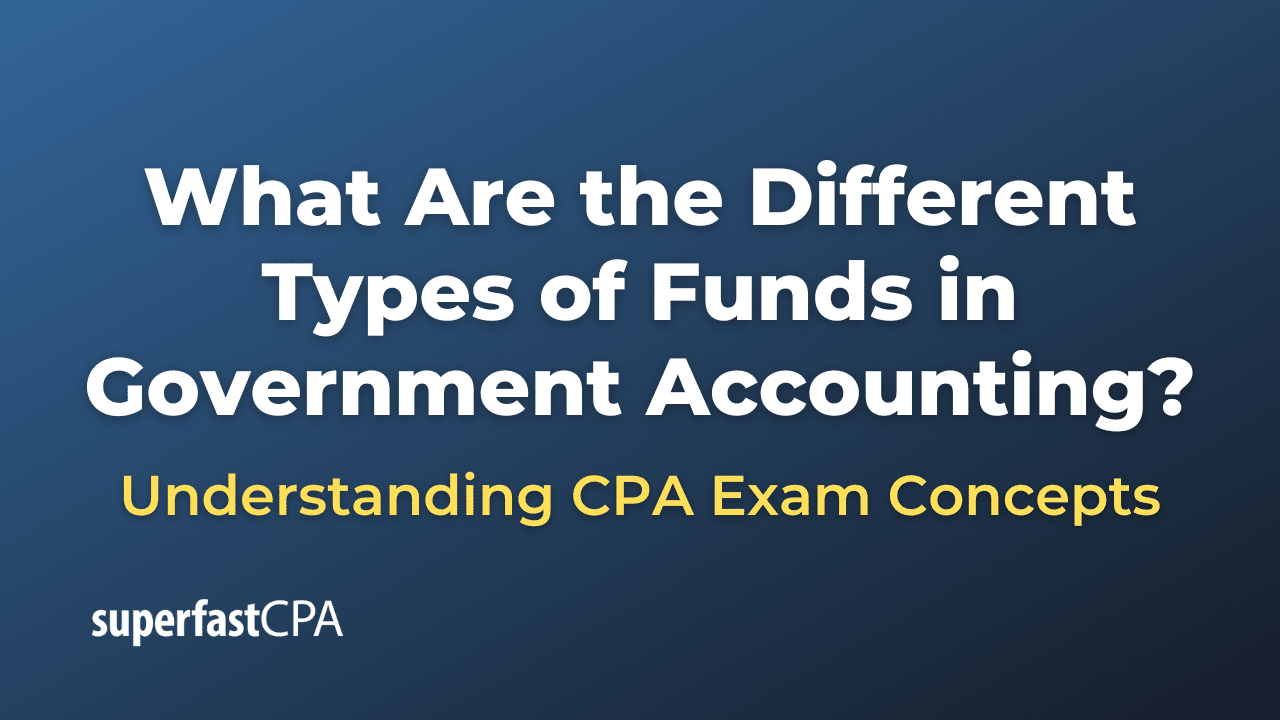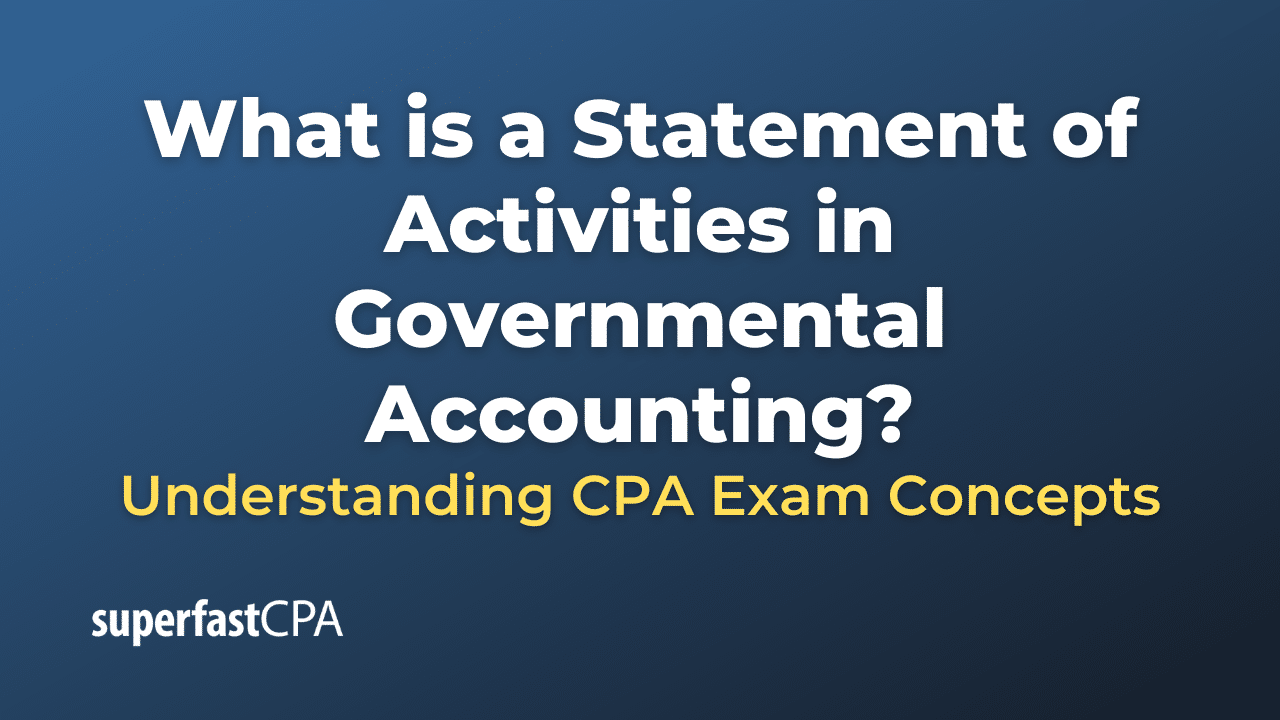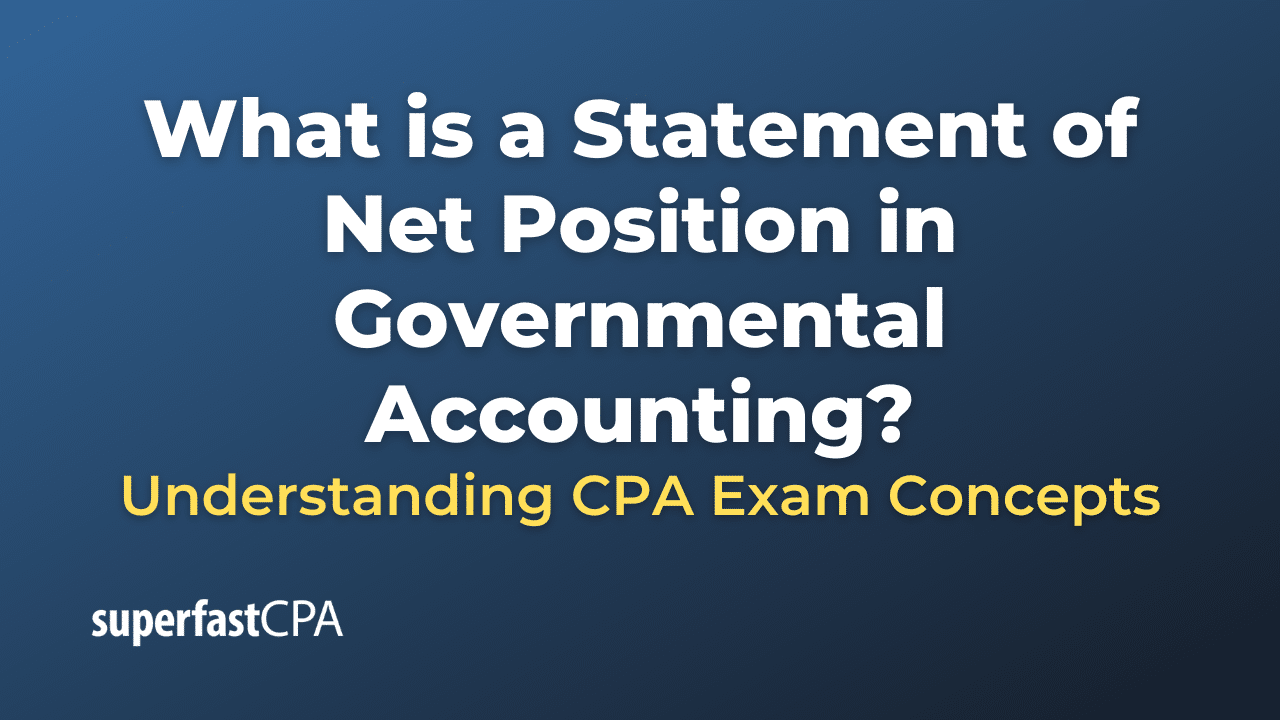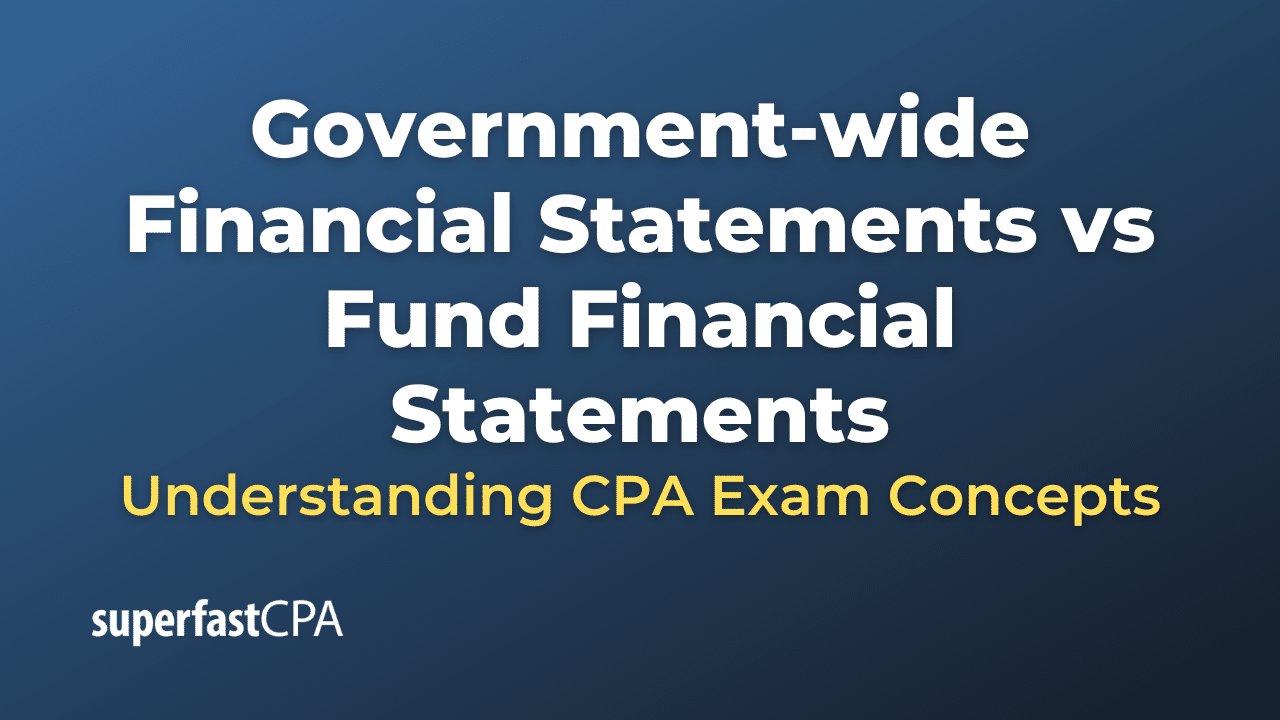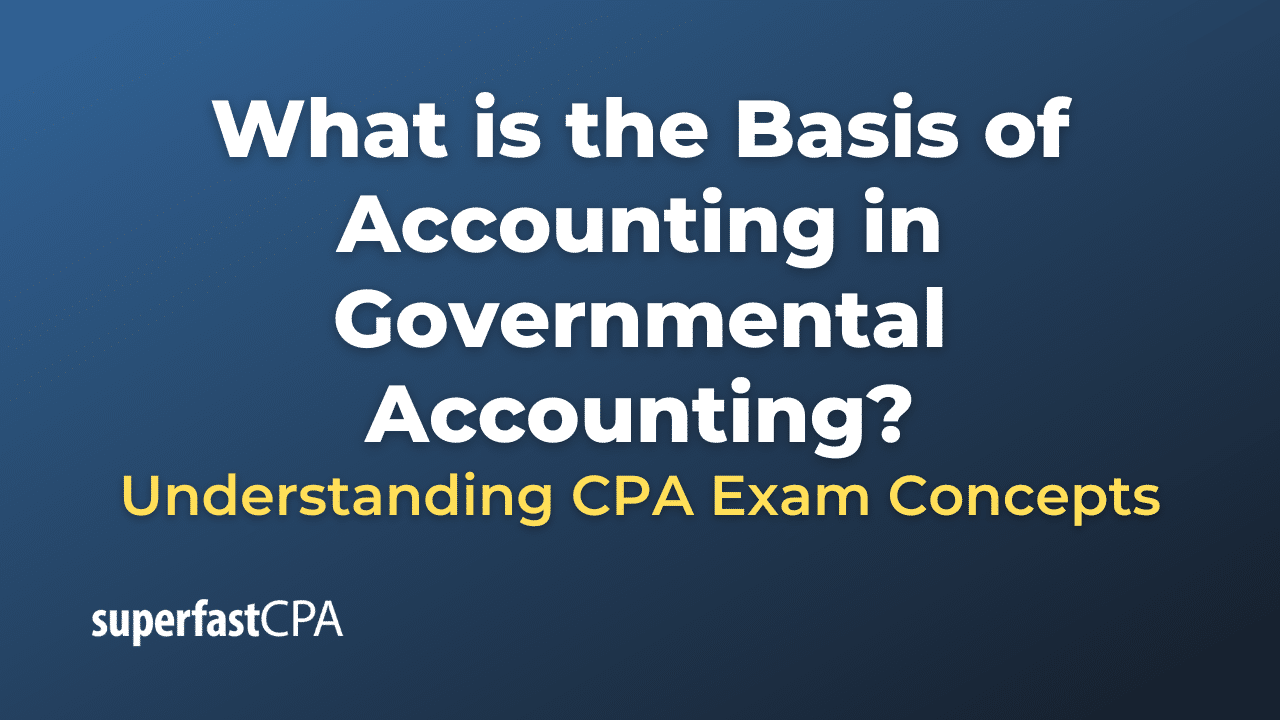Efficiency
Efficiency, in general terms, refers to the ratio of useful output to the total input in any system. The higher the ratio, the more efficient the system is considered to be.
In a business context, efficiency is often used to evaluate the productivity of various operations within a company. It measures how well a business converts inputs such as labor, materials, and machines into outputs such as products or services. An efficient business minimizes waste, reduces costs, and maximizes output for a given set of resources.
For instance, if a company can produce more goods within the same time frame using the same amount of resources, or if it can produce the same amount of goods using less resources, it has increased its efficiency.
It’s important to note that while efficiency is important, it doesn’t always correlate with effectiveness. Effectiveness is more about the quality of output or achieving a desired outcome, regardless of resources used, whereas efficiency focuses more on minimizing the input required to achieve a given output.
In an ideal scenario, a business should strive for both effectiveness (doing the right things) and efficiency (doing things right).
Example of Efficiency
Let’s consider an example of a bakery to understand efficiency:
Imagine a bakery that uses 50 lbs of flour, 10 lbs of sugar, 5 lbs of yeast, and 1 hour of labor to produce 100 loaves of bread.
Suppose the bakery introduces a new method of mixing ingredients that reduces the flour usage by 5 lbs, the sugar by 1 lb, and the yeast by 0.5 lb for the same 100 loaves of bread. Meanwhile, due to this new method, the labor time remains the same.
The new method has increased the bakery’s efficiency, as it can now produce the same quantity of bread using fewer resources.
Efficiency can also be improved from the labor standpoint. Suppose, with the introduction of a new automated oven, the bakery is now able to produce the same 100 loaves of bread in just 45 minutes instead of an hour, while all other resources remain constant. This also results in increased efficiency, as the bakery is now able to use less time (a valuable resource) to produce the same output.
In both cases, by decreasing the amount of input needed for the same output, the bakery has become more efficient.

